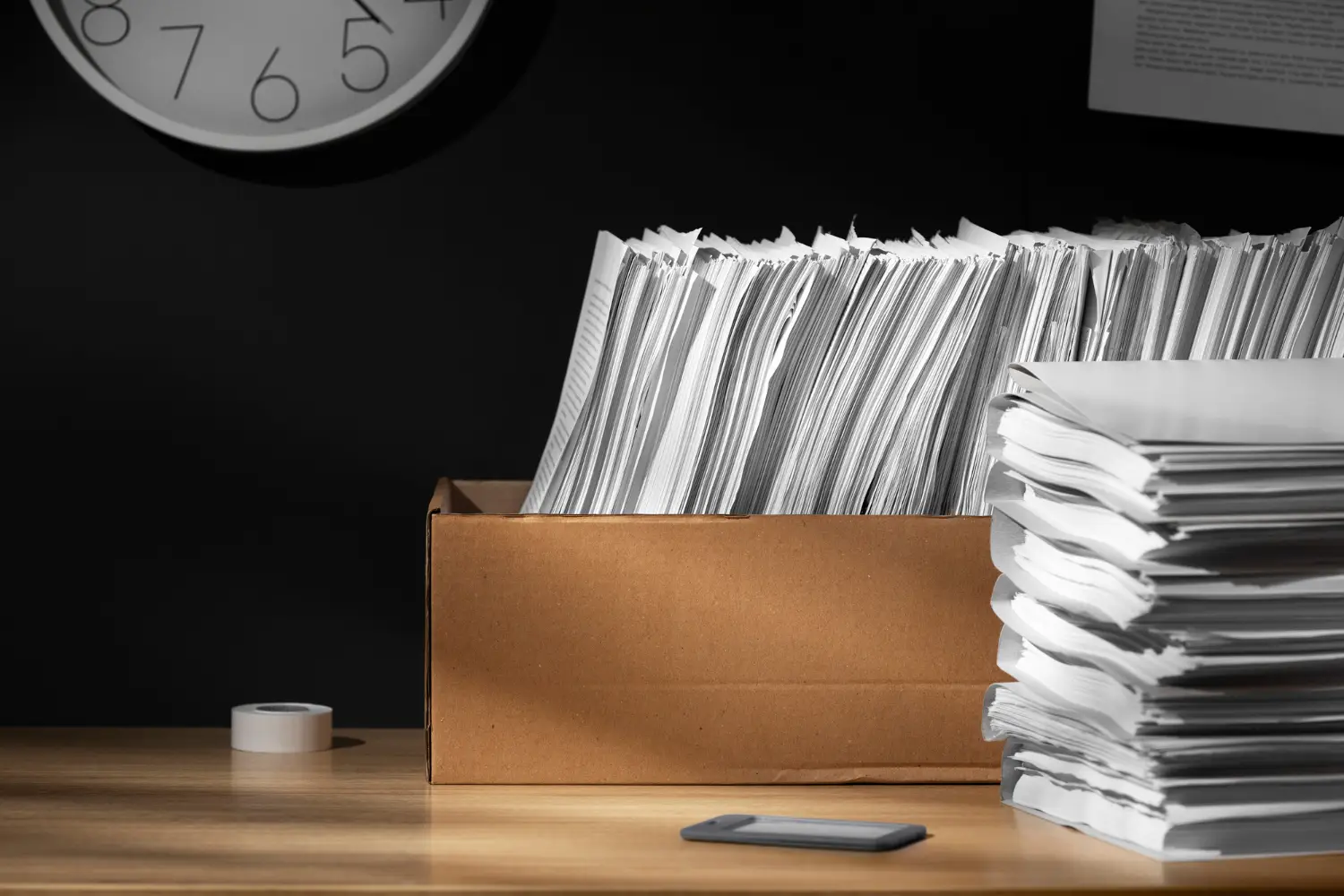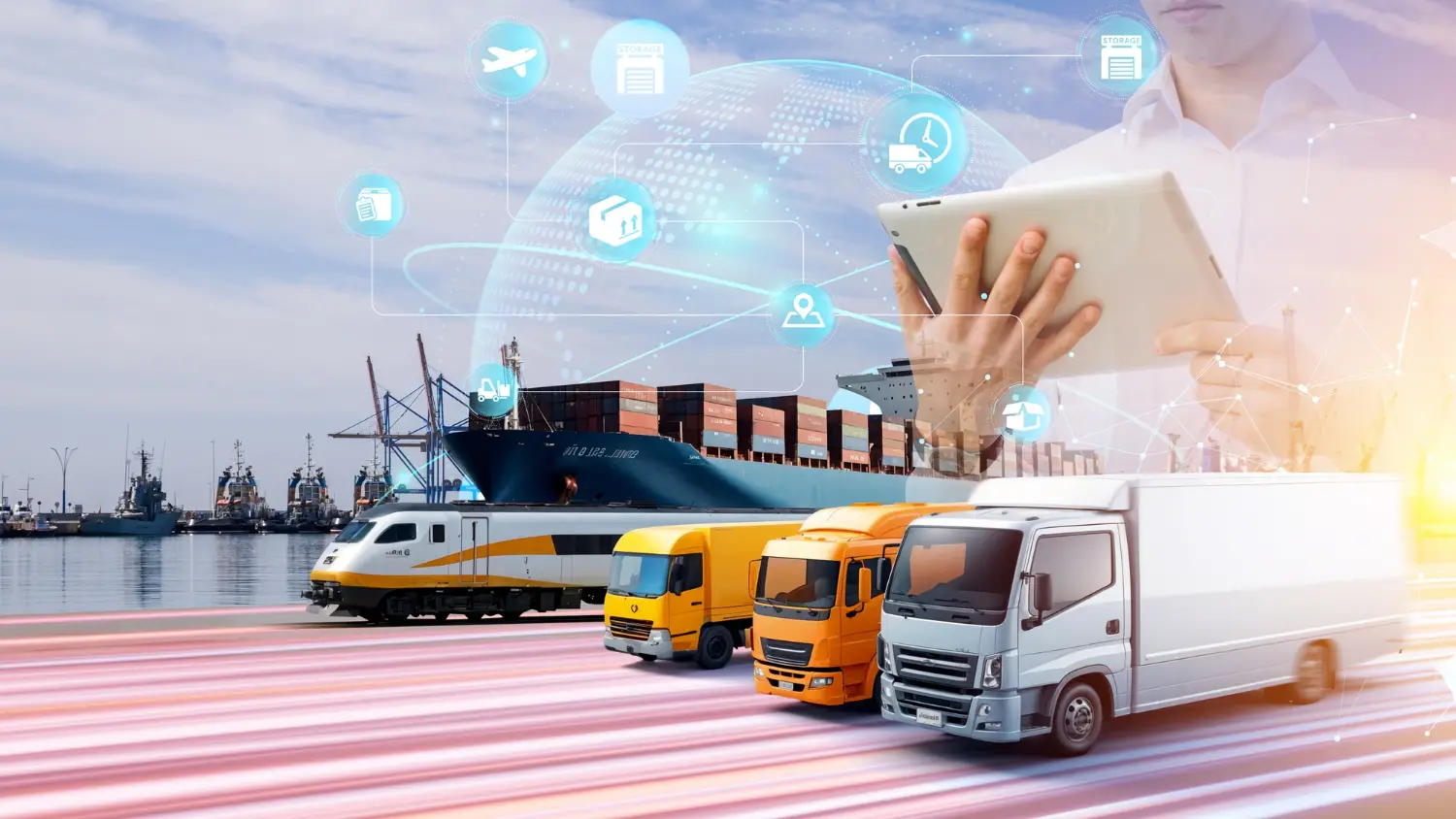India is shifting its freight movement strategy—and for good reason. As part of a push for more sustainable logistics, there’s now a greater focus on moving bulk goods through railways and coastal shipping, reducing reliance on roads.
But with Indian Railways prioritizing coal transport for power plants, industries often struggle to get the rakes they need for their own cargo. This has led to a growing trend: private rake ownership.
Why Industries Are Investing in Their Own Rakes
To bridge the gap in rake availability, Indian Railways launched schemes like:
- GPWIS – General Purpose Wagon Investment Scheme
- LWIS – Liberalized Wagon Investment Scheme
- LSFTO – Liberalized Special Freight Train Operator scheme
These allow private companies to procure and operate their own rakes, giving them more control over logistics.
Key facts:
- A single rake (45+ wagons) costs ₹25 crores or more
- Each wagon costs ₹30–40 lakhs
- Each wagon has a 35+ year lifespan
- Companies are making long-term investments tied to logistics performance and ROI
The Real Challenge: Not Buying, But Running Efficiently
Owning a rake is only half the story. The bigger challenge is managing it well. Rakes:
- Operate across a vast national railway network
- Run alongside passenger trains and Indian Railway owned wagons
- Require multiple approvals, safety checks, and siding readiness
- Must undergo routine (ROH) and periodic (POH) maintenance at base depots
The real objective is simple: increase the number of loaded runs and avoid empty hauls. Idle rakes drain capital, affect supply chain timelines, and reduce return on investment.
Key Goals for Any Rake Owner
- Keep the rake loaded as often as possible
- Avoid idle time and unplanned empty movements
- Preemptively avoid costly rake diversions
- Ensure on-time maintenance without disrupting operations
- Track location and trip status in real time
- Plan the next trip before the current one ends
Intelligent Loading Plans Through Integrated Systems
Achieving high utilization and faster turnarounds is only possible when loading plans are data-driven and connected across systems.
Modern rake operators are implementing intelligent loading plans, built using real-time data from multiple integrated sources:
- ERP systems – visibility into customer orders and shipment priorities
- Yard Management Systems (YMS) – status of rakes, sidings, and loco availability
- Inventory Management Systems – match ready inventory with destination demand
- GPS tracking – to monitor rake location and ETA
Digital Empowerment of field operatives through digital profiles and task execution via tablets and mobiles in penless paperless manner
This integrated approach does more than just streamline information—it reduces manual interventions by combining human decision-making with the power of machines to ingest, integrate, and generate relevant data faster. This unlocks human productivity by freeing up time for exception handling, intelligent planning, and strategic decisions—while the system handles the complexity and data flow. The result: faster decisions, higher accuracy, and leaner operations.
What This Enables:
- Loading planned before the rake even arrives
- Auto-matching of rakes with inventory and destinations
- Avoidance of siding congestion
- Lower detention time
- Seamless compliance with safety and documentation protocols
When these systems work together, rake owners stop reacting and start optimizing.
Why Digital Platforms Are a Must
This is where platforms like RakeMandi by LinqHaul make a difference. They combine live tracking, predictive planning, and seamless coordination to help rake owners stay efficient and compliant.
What a digital rake platform offers:
- Real-time rake tracking
- AI-based demand and supply matching
- Smart empty run planning
- Integrated trip and maintenance scheduling
- Utilization dashboards to monitor ROI
The result: more loaded trips, better turnaround, fewer delays, and full control over high-value rail assets.
Contributing to Sustainability Goals
Rail transport emits significantly less carbon per tonne-kilometer than road freight. Shifting more volume to rail through efficient private rake operations contributes directly to an organization’s ESG and sustainability commitments.
How private rake management supports environmental goals:
- Reduces overall emissions by shifting heavy cargo from road to rail
- Minimizes empty runs through intelligent planning
- Enables faster turnaround, lowering carbon impact per trip
- Customized Wagon Design consumes less material for lashing
- Integrates data for sustainability reporting and compliance
For industries under pressure to decarbonize their logistics chain, efficient rake utilization is both an operational and environmental win.
A Smarter Way to Move Freight
As freight volumes rise and sustainability becomes central to logistics strategy, private rake ownership will only grow. But owning rakes is no longer enough—you need to run them efficiently and intelligently.
To succeed in this new landscape:
- Maximize loaded runs
- Minimize idle time and empty legs
- Track and analyze performance
- Integrate all systems from yard to ERP
- Align operations with sustainability targets
A connected, intelligent rake management system isn’t a nice-to-have anymore. It’s essential—for profitability, reliability, and a cleaner future.


